Elective for MEAS students
Course Content
Over the past three decades, the body of international scholarship on corruption and how to fight and reduce it has grown tremendously. Corruption has been widely established to be a major impediment to economic development and a source of many global problems including poverty, poor public services, or environmental degradation. Yet, anti-corruption successes are hard to achieve and notoriously difficult to demonstrate empirically.
Judging from Transparency International’s still widely used Corruption Perceptions Index (CPI), corruption remains a widespread phenomenon across East Asia. In global comparison, however, many East Asian countries have achieved remarkable economic development trajectories. Some of the world’s previously poorest economies have achieved middle-income status or even closed up to Europe and the US in terms of income per capita. Have they done it despite of widespread corruption in their political-economic systems? Or precisely because of a specifically Asian type of growth-friendly corruption, as some scholars claim? While addressing these controversial questions, we will also see that corruption does have many other negative social effects in East Asia and study the ways in which different East Asian societies have sought to address the problem. Last but not least, we will also look at transnational (anti-)corruption dynamics and discuss how international anti-corruption efforts are affected by China’s global footprint and the accentuating great power rivalry with the United States in recent years.
- Lecturer: Bertram Lang
